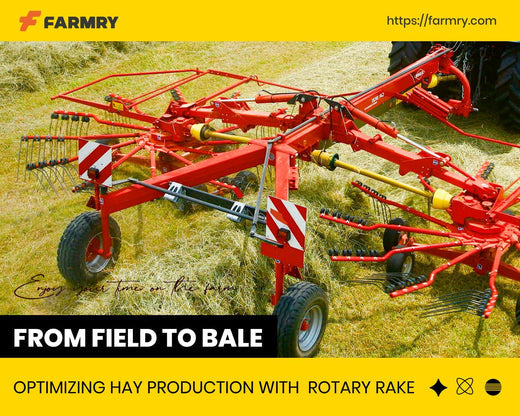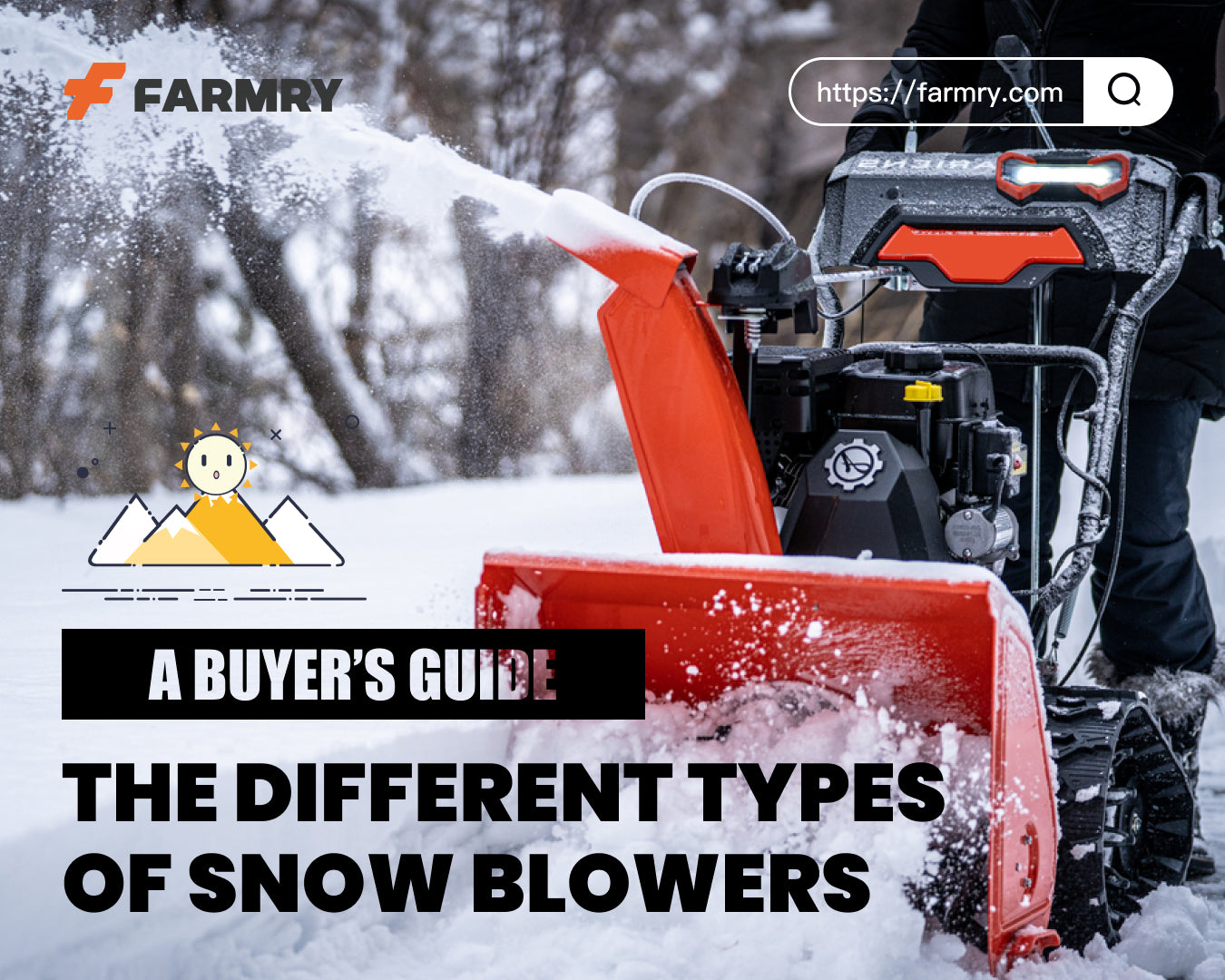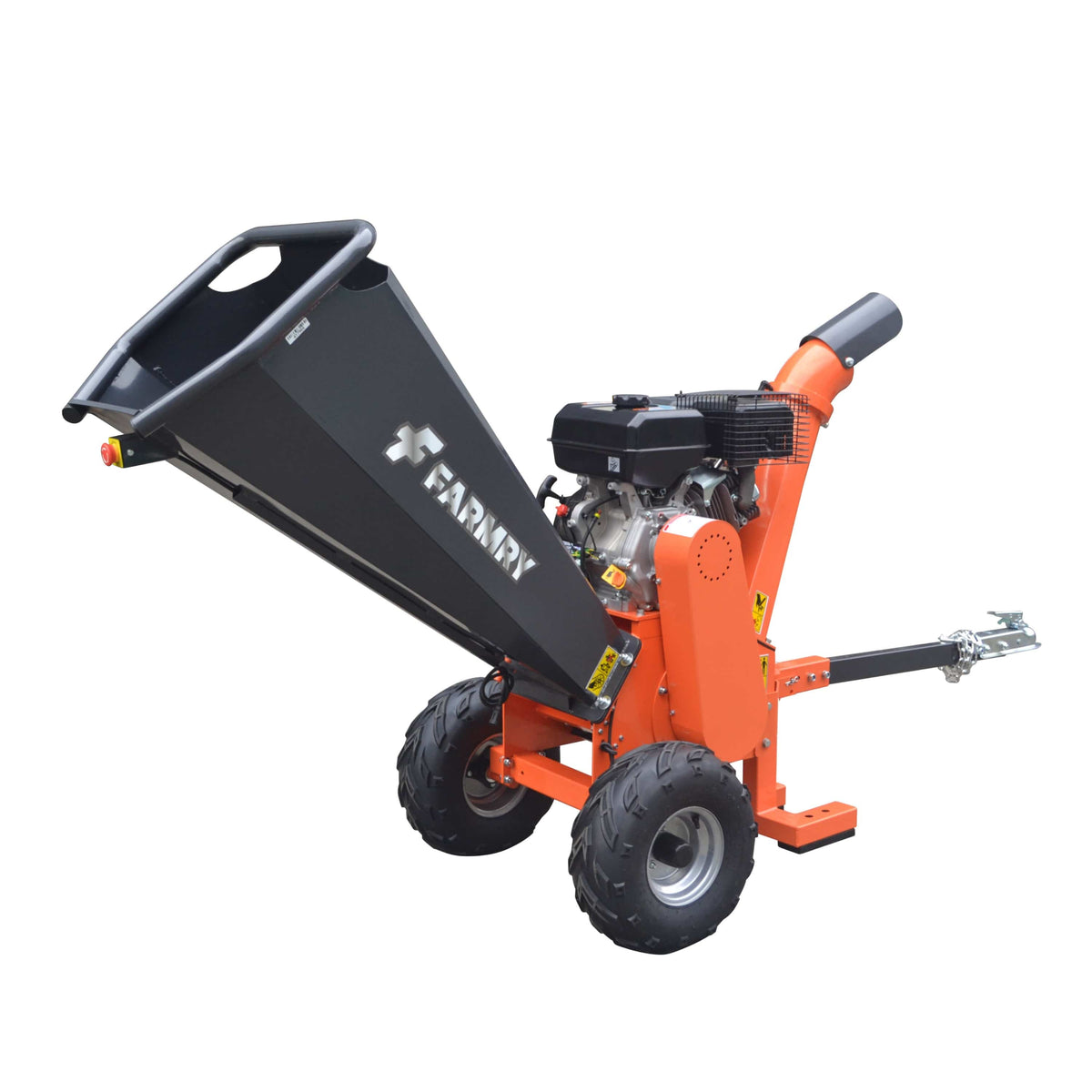PTO Shredder Chipper for Storm Cleanup: The Complete 2025 Guide
 PTO Shredder Chipper for Storm Cleanup: The Complete 2025 Guide
PTO Shredder Chipper for Storm Cleanup: The Complete 2025 Guide
Introduction: Storm Cleanup and the Power of PTO Shredder Chippers
Storms are an unavoidable part of life across the United States. From hurricanes sweeping the coastlines to tornadoes and windstorms tearing through the Midwest, the aftermath often leaves property owners, farmers, municipalities, and contractors facing a mountain of fallen branches, broken limbs, and scattered debris. Storm cleanup is not just about restoring order—it’s about efficiency, safety, and choosing the right equipment to turn chaos into mulch, wood chips, and cleared land.
This is where the PTO shredder chipper comes into play. Unlike stand-alone gas or diesel wood chippers designed for smaller residential use, a PTO shredder chipper connects directly to your tractor’s PTO (power take-off). This attachment uses the tractor’s horsepower to drive powerful rotors, knives, and flywheels, creating a machine that is a true beast for storm cleanup. When equipped and operated properly, these units save hours of backbreaking effort, reduce cleanup costs, and transform debris into valuable mulch or compostable wood chips.
In this 5,500-word guide, we’ll dive into everything you need to know about choosing, operating, and maintaining a PTO shredder chipper for storm cleanup. We’ll cover features, personas, pain points, safety tips, and a detailed buying guide—plus stories from real customers who have purchased these machines to tackle storm aftermath. Whether you manage a farm, run a landscaping business, or simply want to be prepared for storm season, this article will give you the knowledge to make the right choice.
What is a PTO Shredder Chipper?
A PTO shredder chipper is a heavy-duty tractor attachment designed to shred, chip, and mulch wood debris. Instead of relying on an onboard engine like smaller consumer-grade wood chippers, this machine is powered directly by the tractor’s PTO shaft. That means the performance of your chipper is tied directly to your tractor’s HP (horsepower), making compatibility a critical factor when choosing the right unit.
Core Components:
-
Rotor & Knives
At the heart of every PTO chipper is the rotor, a heavy steel disc or drum that spins at high speeds. Attached to this rotor are knives (also known as blades) that cut through branches and limbs. Some machines are equipped with multiple knives to increase chipping efficiency. -
Flywheel Weight & Rotor Size
The flywheel stores momentum and ensures steady cutting power, even when feeding large-diameter wood. A heavier flywheel combined with a larger rotor size generally translates to more chipping capacity. -
Infeed Hopper & Chute
The hopper is where you insert branches, limbs, and storm debris. The chute directs processed chips outward. A wide hopper and well-angled chute increase ease of use and safety. -
Point Hitch Connection
Most PTO shredders use a 3-point hitch system (Category 1 or 2). Matching your tractor’s hitch type ensures compatibility and stability during operation. -
Safety Features
Modern machines include PTO shields, emergency stops, and feed controls to protect operators from accidents.
PTO Chipper vs Stand-Alone Wood Chippers
-
PTO chippers: Driven by tractor power, higher capacity, built for farms and landscaping professionals.
-
Stand-alone chippers: Mobile, engine-driven, lighter, designed for smaller yards.
For storm cleanup, PTO-driven models are the effective choice for handling thick branches, large volumes, and heavy workloads.
Why Storm Cleanup Demands a PTO Shredder Chipper
After a storm, time is critical. Fallen limbs, branches, and tree trunks block driveways, fields, and municipal roads. Using chainsaws alone is labor-intensive and creates piles of debris that still need processing. Renting engine-driven wood chippers can work for light residential cleanup, but storms often generate debris volumes that overwhelm these smaller machines.
A PTO shredder chipper solves these problems by delivering the following benefits:
-
Power and Capacity
With tractor HP ranging from 20 to over 100, PTO chippers can handle wood diameter up to 8–10 inches depending on the model. Larger tractors provide more torque, enabling the machine to shred even dense hardwood storm debris. -
Efficiency
The combination of a heavy flywheel, sharp knives, and large hopper infeed means fewer jams and faster processing. Many machines can run for hours without overheating. -
Cost Savings
Instead of renting or hiring contractors, owning a PTO chipper saves customers thousands over its lifetime. Add the value of producing mulch and wood chips for landscaping, and the investment pays for itself. -
Ease of Use
Hooking up to the tractor via the 3-point hitch is straightforward. With clear instructions and a bit of practice, even first-time users can safely operate these machines. -
Durability & Support
Storm cleanup demands rugged equipment. PTO chippers are built from heavy-gauge steel, designed to withstand rough conditions. Many manufacturers also offer free shipping, warranties, and technical support teams.
In short, a PTO shredder chipper is the most effective product choice for storm cleanup when your expectations are high, your workload is large, and you need a machine that truly performs.
Key Features to Evaluate Before Purchase
When evaluating a PTO shredder chipper, focus on the following features to make sure the unit matches your tractor and storm cleanup needs.
1. Rotor Knives vs Hammers
-
Knives: Best for clean cuts, producing uniform wood chips ideal for mulch.
-
Hammers: Some models include flails or hammer blades for shredding leaves, vines, and softer material.
-
Pain point: Customers often struggle to know which system matches their debris type. Rotor knives are usually the best for storm cleanup involving thick branches.
2. Rotor Size & Flywheel Weight
-
Larger rotor size and heavier flywheels increase cutting momentum, allowing the machine to handle bigger limbs with less strain.
-
A good rule: Match rotor and flywheel capacity with tractor HP for maximum efficiency.
3. Hopper Design & Infeed Chute
-
A wide, low hopper reduces operator effort when feeding storm debris.
-
Long infeed chutes increase safety by distancing operators from the cutting chamber.
4. Point Hitch Compatibility
-
Most PTO shredders use 3-point hitches (Cat 1 or 2).
-
Ensure your tractor and chipper unit are compatible for a secure connection.
-
Pain point: Small-acreage landowners sometimes purchase oversized machines that don’t match their tractor’s power or hitch size.
5. Safety Features
-
Emergency shut-offs, shear bolts, and PTO shields are non-negotiable.
-
Operators should always follow instructions and wear protective gear.
-
Pain point: Inexperienced operators underestimate storm debris hazards—safety design must meet real-world expectations.
6. Replacement Parts & Support
-
Look for machines with readily available replacement parts like knives, belts, and shear bolts.
-
Free manuals and downloadable instructions add convenience.
-
A responsive support team ensures help is available when needed.
7. Capacity & Horsepower Requirements
-
Always check maximum diameter capacity (e.g., 5", 8", 10").
-
Ensure your tractor’s HP matches the rated requirement. Larger tractors will maximize performance.
-
Buying too small a chipper for storm cleanup often leads to disappointment.
Personas & Pain Points: Who Needs a PTO Shredder Chipper?
To understand how PTO chippers meet customer expectations, let’s look at the real-world buyers who purchase these machines:
1. Small-Acreage Landowner
-
Pain points: Unsure of PTO HP requirements, worries about clogging, concerned about cost.
-
Solution: A mid-capacity PTO chipper with clear instructions and affordable replacement parts.
2. Homesteader / Hobby Farmer
-
Pain points: Wants compost-ready chips, limited storage space, noise/safety concerns.
-
Solution: Compact chipper with fine-cut knives and quiet operation.
3. Orchard Manager
-
Pain points: Uniform mulch needed, prunings must be cleared fast.
-
Solution: Heavy-duty rotor with wide hopper and adjustable discharge chute.
4. Vineyard Owner
-
Pain points: Narrow rows, smaller tractor HP, trunk damage risk.
-
Solution: Narrow-body chipper designed for compact tractors.
5. Landscape Contractor
-
Pain points: Needs mobility, fast replacement parts, and commercial-grade durability.
-
Solution: Heavy-duty PTO chipper that’s easy to trailer between jobs.
6. Municipal Parks Team
-
Pain points: Safety compliance, multi-operator training, noise limits.
-
Solution: Industrial-grade chipper with strong support team and safety features.
7. Tree Service Startup
-
Pain points: Comparing PTO chippers vs tow-behind chippers, financing, resale value.
-
Solution: High-capacity unit that can handle thick storm limbs while being affordable.
8. Ranch / Livestock Operation
-
Pain points: Rough terrain, rocky ingestion, maintenance in remote areas.
-
Solution: Rugged chipper with shear bolts and slip clutches.
9. Nursery / Composting Site
-
Pain points: Chip size for compost, continuous duty, dust control.
-
Solution: Adjustable screen-equipped chipper with strong airflow discharge.
10. Equipment Rental Yard
-
Pain points: Abuse-resistant build, compatibility across tractor models, downtime.
-
Solution: Universal Cat 1/2 hitch, heavy-duty construction, easy to service.
Practical Buying Guide
Matching Tractor HP with Chipper Capacity
-
20–40 HP tractors: Best for small PTO chippers handling up to 4–5" wood.
-
40–70 HP tractors: Medium-duty chippers handling 6–8" wood.
-
70+ HP tractors: Heavy-duty chippers handling 8–10" wood or larger.
Cost vs Value
-
A quality PTO shredder chipper can cost between $3,000 and $8,000.
-
While initial cost is higher than renting, the life of the machine and ability to reuse mulch makes it a worthwhile investment.
Replacement Parts & Manuals
-
Choose brands with easy-to-find replacement parts and downloadable manuals.
-
Free instructions and parts lists are valuable for long-term ownership.
Shipping & Support
-
Many vendors offer free shipping within the continental U.S.
-
Ensure there’s a responsive support team to assist with setup, troubleshooting, and warranty claims.
Options & Add-ons
-
Some chippers come with hydraulic feed, adjustable chutes, or trailer kits.
-
Add these items if your job requires maximum efficiency.
Operation & Safety Tips
-
Setup
Connect the chipper securely to the tractor’s 3-point hitch. Verify PTO alignment and shielding. -
Feeding Material
Always feed branches butt-end first. Avoid forcing twisted limbs that could jam the infeed hopper. -
Safety Practices
Wear gloves, eye protection, and hearing protection. Never reach into the hopper or chute.
Follow manufacturer instructions and rely on emergency shut-offs when needed. -
Maintenance
Sharpen or replace knives regularly. Inspect rotor, flywheel, and bearings after each use. Grease PTO shafts and check belts. -
Long-Term Care
Store the machine indoors when possible. Clean debris from the hopper and chute after each job to extend the life of the unit.
Customer Stories & Real-World Applications
-
Farm Owner in North Carolina: Purchased a PTO shredder chipper to handle hurricane cleanup. Reported that the machine turned weeks of chainsaw work into a two-day job. Praised the quality, efficiency, and support team.
-
Vineyard in California: Needed storm cleanup between narrow vineyard rows. Their compact PTO chipper was equipped to handle prunings and downed limbs without damaging trellises.
-
Municipal Parks Team in Kansas: After a tornado, the team relied on a heavy-duty PTO chipper to clear debris from community parks. Reported that the unit performed like a beast, exceeding expectations for power and safety.
These stories highlight how different customers found an effective product that matched their specific storm cleanup needs.
Conclusion: PTO Shredder Chippers — The Beast of Storm Cleanup
Storm cleanup is never easy, but with the right PTO shredder chipper, it doesn’t have to be overwhelming. These machines transform debris into usable mulch, reduce cleanup hours, and deliver long-term value for farms, landscaping teams, municipalities, and homeowners alike.
When evaluating your options, focus on rotor size, knives, hopper design, tractor compatibility, safety features, and support. Whether you’re a small landowner or managing a municipal team, the right PTO chipper will meet your expectations and become the backbone of your storm cleanup equipment.
If you’re ready to take control of storm cleanup, explore the latest products, compare features, and choose the unit that best matches your tractor and workload. With proper care, your chipper will serve you for years—turning every storm into an opportunity to improve your land.







